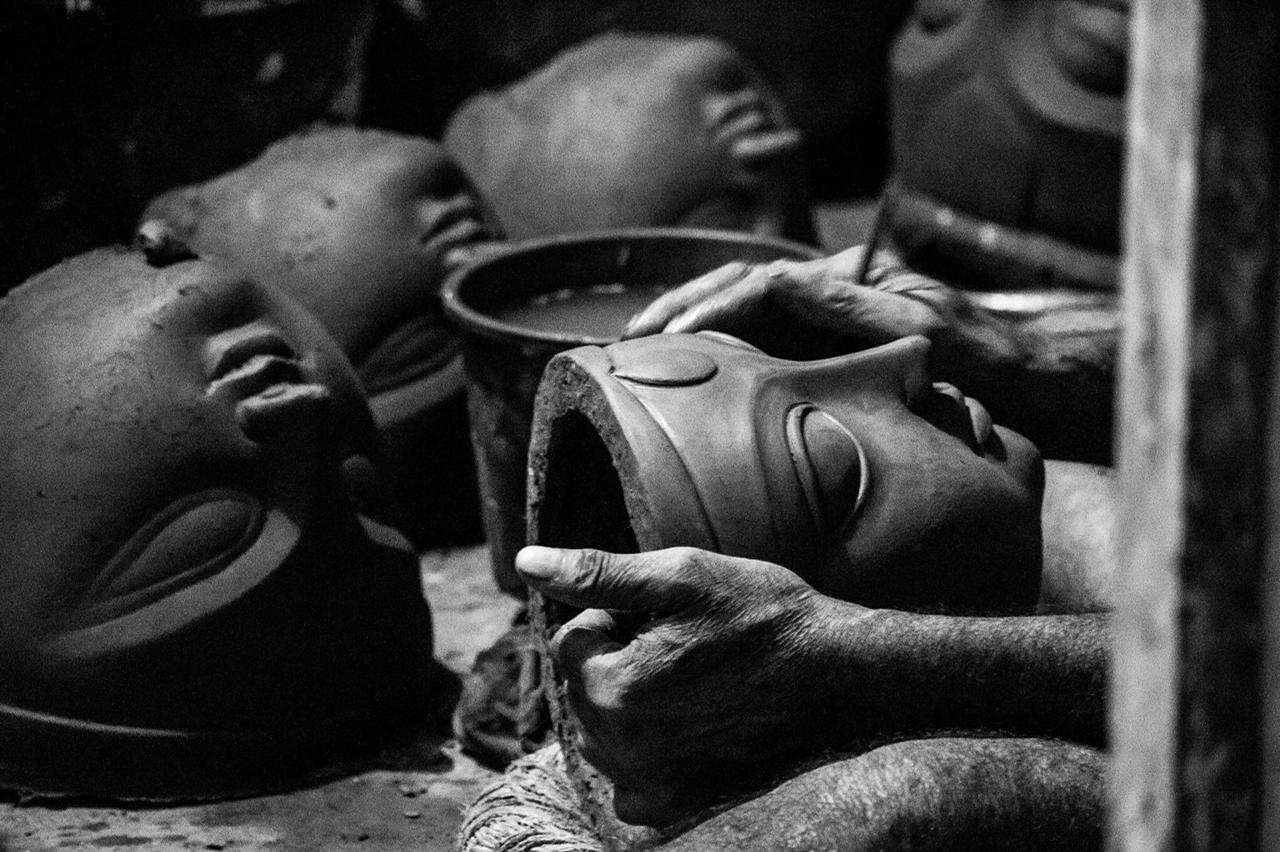We are halfway through 2023 and the art world has already witnessed a remarkable series of events. From the grand unveiling of the NMACC to the awe-inspiring Christian Dior Mumbai Show, this year has been marked by countless noteworthy moments. Among them, the exhibition Mūḷ Māthī // from the roots stands out as one of the true highlights of the year so far.
Presented by Dior and curated by Asia Society, the exhibition brought forward a unique collaboration between Maria Grazia Chiuri (Creative Director of Christian Dior), Madhvi Parekh, Manu Parekh, Karishma Swali (Managing & Creative Director of Chanakya International and the Chanakya School of Craft). It featured 22 textile artworks of Madhvi and Manu Parekh, interpreted in craft and prepared by the master artisans from the Chanakya Ateliers and female artisans from the Chanakya School of Craft, along with archival material, in an Indian context and for Indian audiences for the first time. Not only did it pay tribute to the Parekhs but also honoured the rich heritage of embroidery and textiles while highlighting the power of collaborative art-making.
Today in retrospect, we delve into the exhibition through an insightful interview with Ketaki Varma and Inakshi Sobti, the curatorial team at Asia Society India. Let’s dive in!
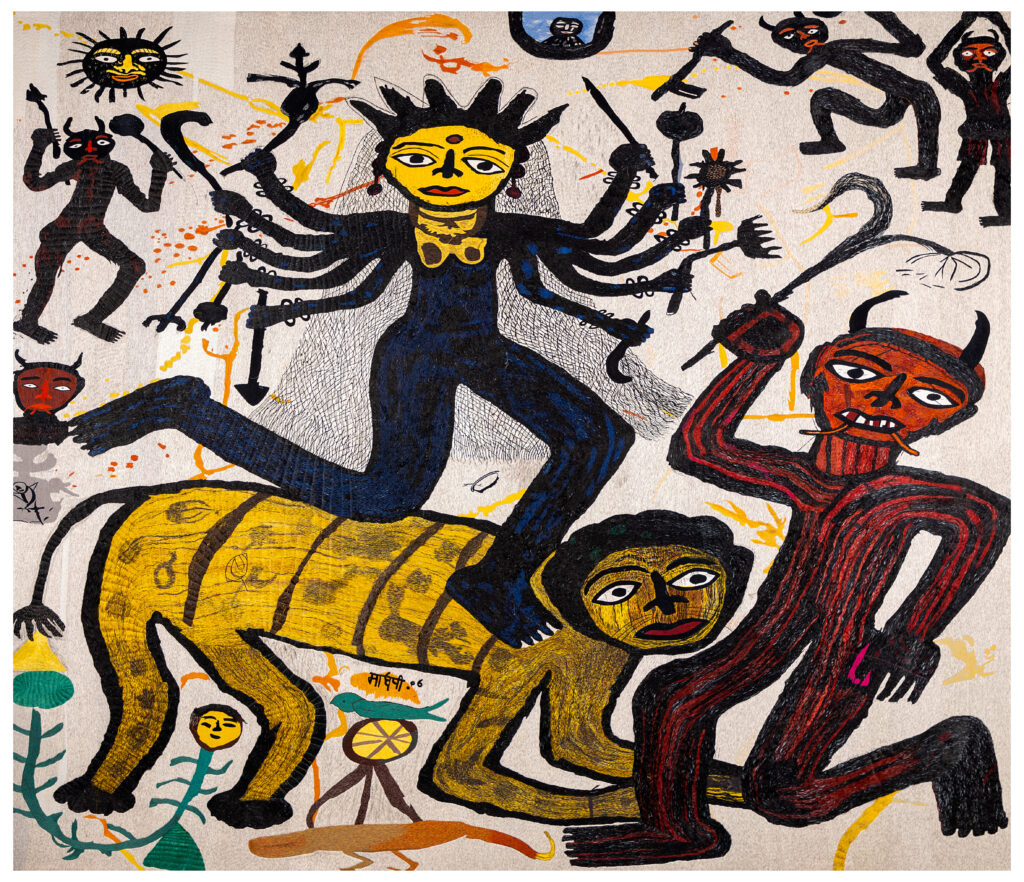
What was the significance of the title and the overarching theme of the display? Ketaki Varma explained that “Mul,” a word significant in various Indian languages, held a deep meaning for this exhibition. It signified the starting point, original source, and foundation, with an earthy and primal essence. The exhibition aimed to explore the concept of “mul” by unpacking the elements that contributed to its creation, recognizing the absence of a single creative source. Additionally, it broke hierarchical boundaries by combining art, craft, design, and fashion. She also credited Prakruti Maniar for suggesting the title and Priyanka D’Souza who contributed to the writing and concept of the exhibition.
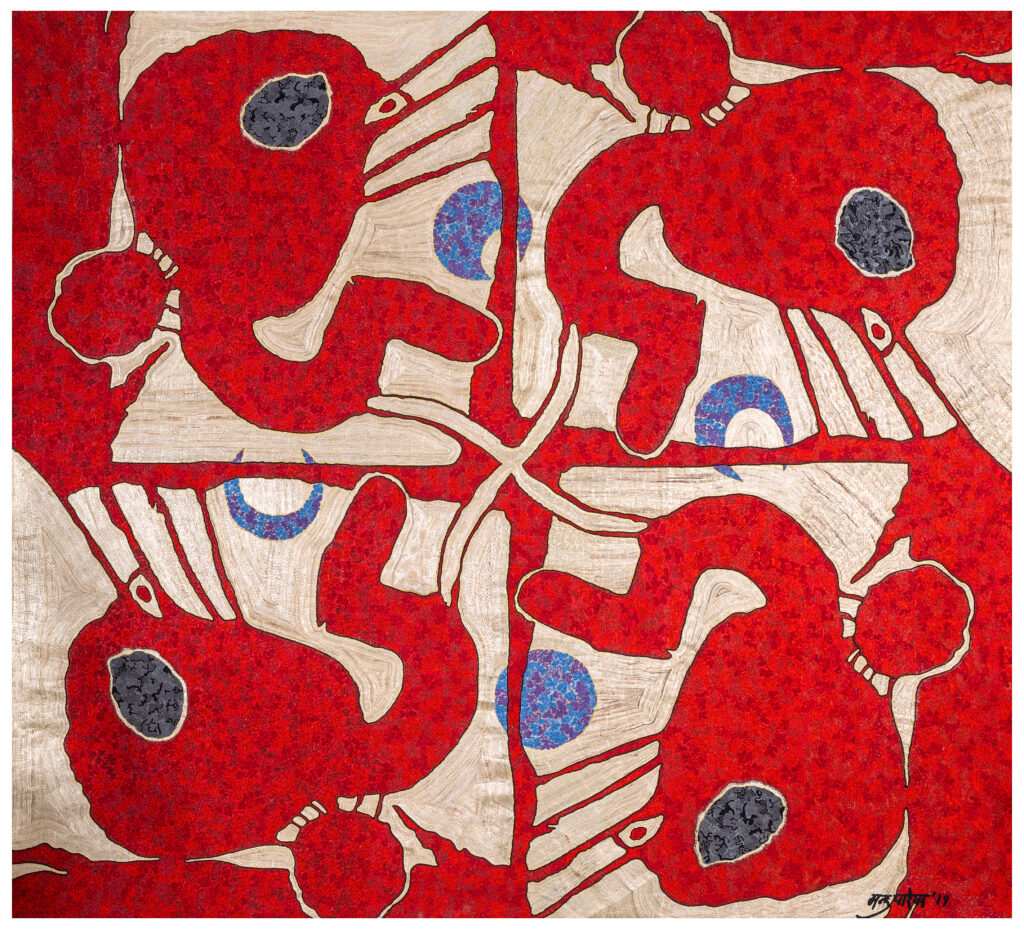
When asked about the significance of giving skilled artisans their due credit, Ketaki Varma emphasised the collaboration’s importance in acknowledging the skilled work of unnamed artisans. She explained, “The process of bringing together artists and artisans to create new works under the guidance of someone like Karishma Swali and with the patronage of Maria Grazia and a couture house like Dior… is an effort to acknowledge and celebrate the skill and legacies of artisanal work.” By involving 320 master artisans from Chanakya Ateliers and female artisans from the Chanakya School of Craft, the exhibition celebrated their craftsmanship and provided them with the appropriate recognition.
The exhibition also challenged the deliberate distinction between “arts” and “crafts” in the realm of the arts. The collaboration facilitated the transformation of arts into crafts by showcasing the significance of collective work. By highlighting the essential roles played by each collaborator, the exhibition aimed to bridge the gap between these disciplines.
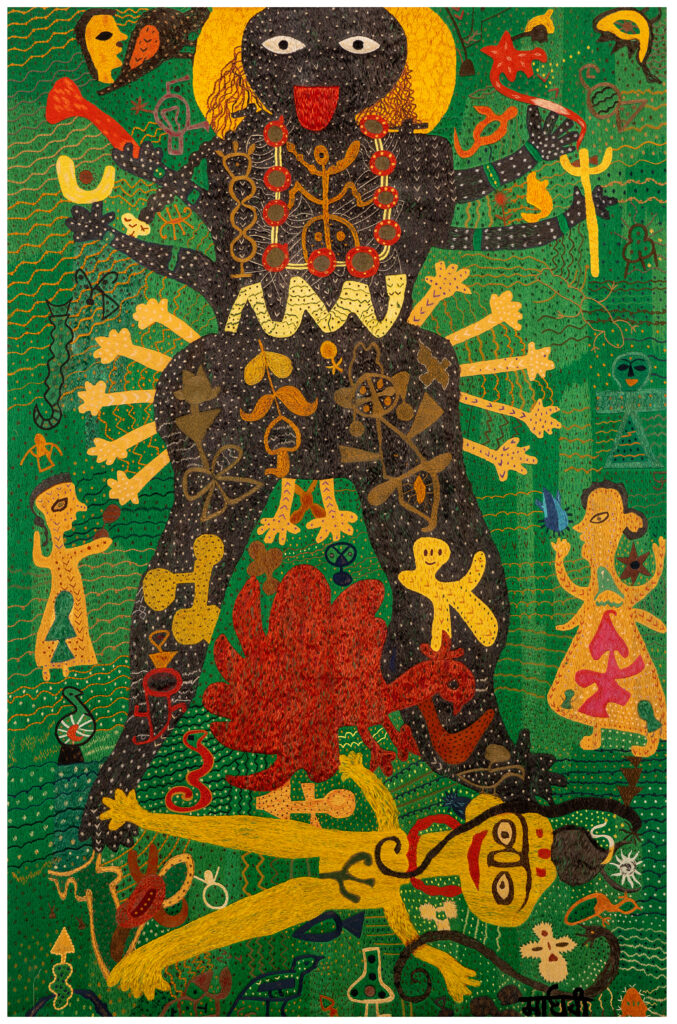
On inquiry about the impact of the exhibition on the arts ecosystem, the underlying rationale and deliberate consideration behind the curation of an arts and crafts exhibition, Inakshi Sobti shared her perspective on how this exhibition impacted the arts ecosystem in India. She mentioned, it “points us towards the potential of collective work in the preservation and promotion of craft and vernacular artistic traditions from India…” By challenging hierarchical structures and celebrating the legacies of artisans, the exhibition presented a hopeful future. It acknowledged the vital role of institutions like Chanakya and commercial enterprises like Dior in supporting such collaborations and fostering a symbiotic relationship between art and craft.
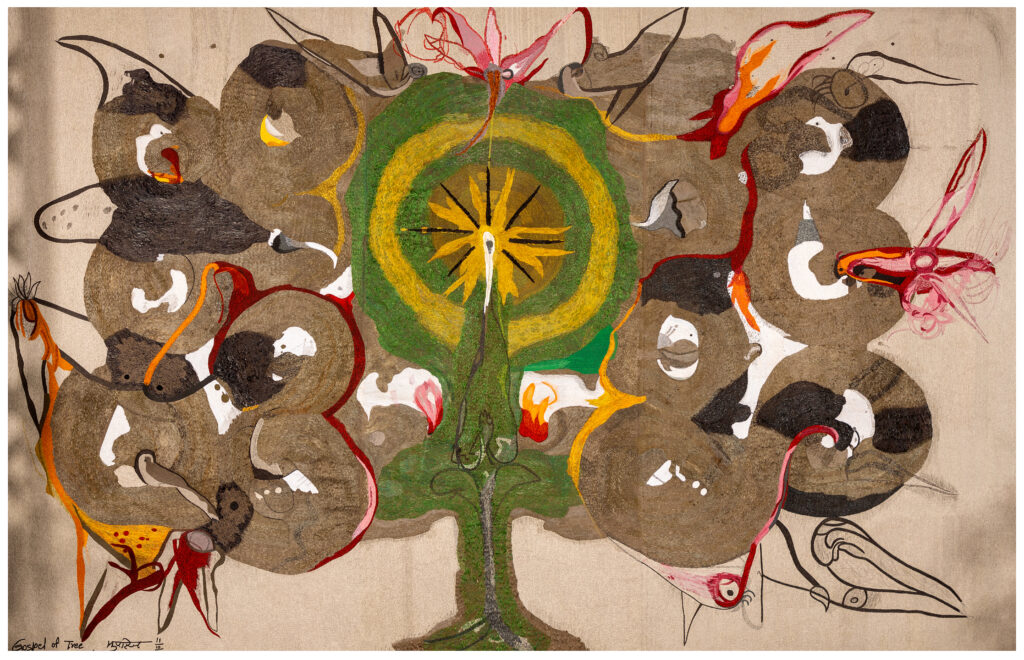
“And for us at Asia Society India, as curators of this iteration of the project, our role and responsibility is to document, archive, display and make these ideas and this work available for a wider public to engage with. It is a curatorial intervention to create awareness about critical questions around labour, collective work, the status of crafts in Indian society, and the possibilities offered by collaboration and patronage in their preservation and future.” – Inakshi Sobti
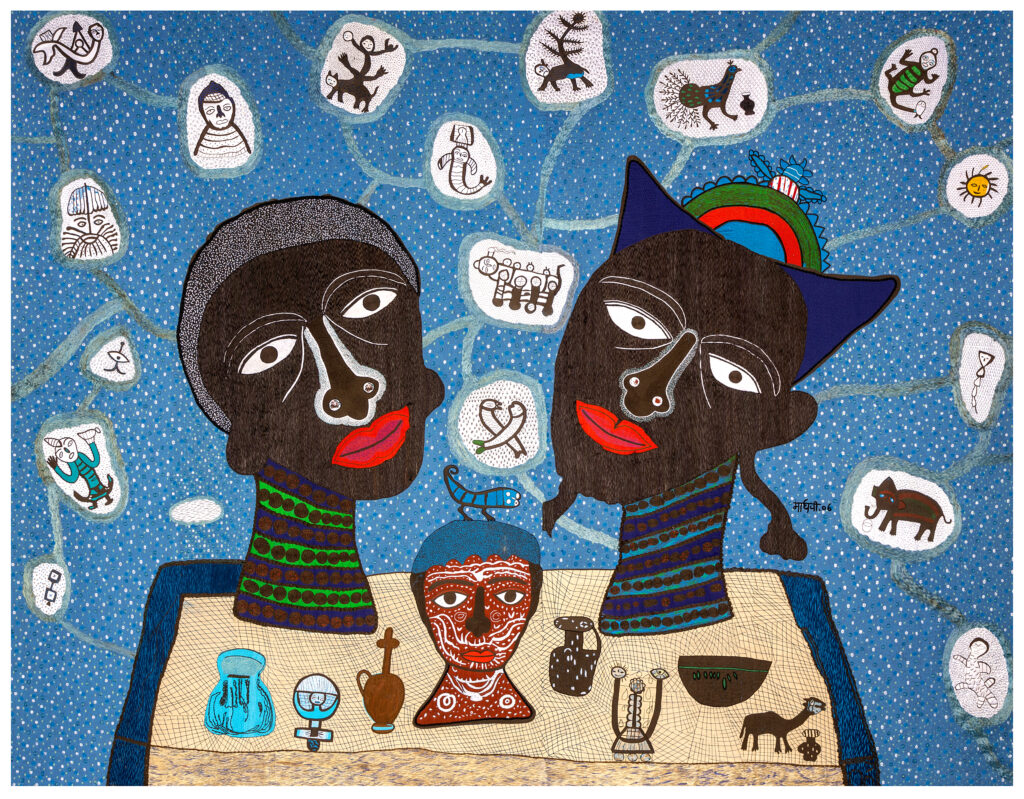
Addressing the thought behind the curation of the exhibition, Inakshi stated, “The India Centre has focused particularly on contemporary art from South Asia… we consciously moved towards expanding our cultural mandate and began a long-term series of programmes on craft and vernacular artistic traditions.” The curation showcased meticulous attention to detail, from the selection of artworks by the original collaborators to the inclusion of archival material such as the swatches of embroidery; the natural materials, pigments and threads used and a selection of the original paintings that inspired them. The exhibition’s reading room provided a space for deeper exploration and understanding of the exhibited works and their historical context. It consisted of a small temporary library with books on embroidery, handicrafts and textiles, fashion and Dior’s work over the years, catalogues of Manu and Madhvi Parekh, old magazines on art and craft – many of which are no longer in print.
“These additional elements are what make an exhibition like this go beyond the works that form their core, forming another limb to this multitudinous collaboration.” – Ketaki Varma

Mūḷ Māthī // from the roots” celebrated the fusion of art, craft, design, and fashion while acknowledging the importance of collective work and skilled artisans. Challenging traditional distinctions and promoting collaboration, it was a step towards reshaping the arts ecosystem in India. The meticulous curation, incorporation of archival material, and the reading room created a unique and enriching experience for audiences, fostering a deeper understanding of craft, artistic legacies, and the transformative power of collaboration.



